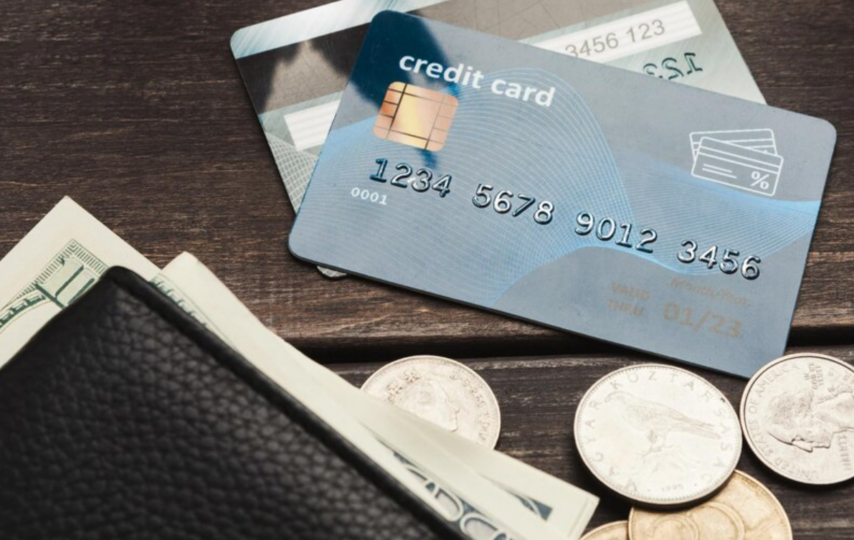Accepting payments can be a headache for many small business owners today. With cash use declining rapidly, you’re likely looking at a whole host of card and digital options for getting paid. It’s tempting to just go with whatever seems popular or pick a single service to handle everything.
But in the complex and quickly evolving world of payments technology, you can’t afford to make accepting payments an afterthought. Taking a strategic approach is key to avoiding frustrating limitations or unnecessary fees that could squeeze your margins.
The good news is you have more options than ever when it comes to enabling payments. Yet all the choices can also lead to decision paralysis. Where do you even start to navigate the maze of credit cards, debit cards, mobile wallets, and virtual currencies?
This article aims to help simplify things. We’ll provide an objective overview of the pros and cons of different payment processing methods. Our goal is to equip you with the key considerations to make informed choices. The technology may seem intimidating, but we’ll break it down in practical terms.
Weighing the Credit Card Option
Accepting credit cards remains a top choice for many businesses. Credit cards have broad consumer adoption and card networks like Visa and Mastercard provide the infrastructure to handle transactions globally. However, credit card processing involves notable fees:
- Interchange fees
- Assessment fees
- Payment gateway fees
These can really add up, cutting into your margins. Rates vary significantly too, from 1.5% – 3.5% and sometimes higher per transaction. You’ll also need proper equipment (or digital solutions), such as:
- Card readers
- Point of sale systems
- Payment gateways
While built-in security is a plus, EMV chip cards and PCI compliance also require investments to stay compliant. For many businesses, the convenience and ubiquity of credit cards outweigh the costs. But remember to be strategic in negotiating rates and optimizing your technical setup. The right credit card approach can boost sales while keeping processing affordable.
Debit Cards – What’s the Difference?
Debit cards utilize your customers’ bank accounts rather than extending a line of credit. From the consumer side, some advantages include avoiding interest and overspending.
For businesses, debit card fees tend to be lower, often around 0.5% – 1% per transaction. However, debit doesn’t offer the same flexibility and benefits that credit cards provide your customers. There are also rising rates of debit fraud that introduce risks. When considering debit:
- Assess reduced card fees vs. credit
- Weigh lack of customer incentives like rewards
- Evaluate fraud and verification tools needed
Overall, incorporating debit as a payment option makes sense for many businesses, just make sure to implement proper verification and security tools if accepting debit.
Should You Accept Cryptocurrency?
So all this buzz around cryptocurrencies like Bitcoin and Ethereum has you wondering – should you start accepting crypto for payments? Some good questions to think about:
- Do you sell niche products or services that crypto fans crave?
- Are you trying to attract younger, techy customers?
- Do you want to be seen as innovative and cutting-edge?
If the answer to these questions is yes, then sure, maybe dip your toes in the crypto waters. Accepting Bitcoin or Ethereum could generate buzz and new business, and the transactions are almost instant
But don’t dive in head first without assessing the risks too. Cryptocurrency is still the Wild West in many ways. Prices fluctuate wildly – that Bitcoin you accepted today could be worth half as much tomorrow. And let’s not forget, taxes and accounting for crypto remain a headache most small businesses aren’t equipped to handle.
There’s also the question of whether crypto has staying power or is just a fad. While your tech-savvy nephew may be all aboard the crypto train, Aunt Linda still prefers paying with her Visa card. Make sure your business can thrive even if crypto doesn’t go mainstream.
For now, a prudent approach might be accepting crypto selectively or as a supplement to conventional payment methods. Get your feet wet, see if there’s genuine demand among your customers, and tread carefully.
Payment Apps & Mobile Wallets
Payment apps like PayPal, Venmo, and Square have exploded in popularity in recent years. Seems like mobile payment apps are popping up everywhere these days. Those slick ads sure make using these apps look easy for accepting payments in your business. But should you buy into the hype?
There are some potential perks, for sure. Mobile options can provide a faster, more convenient checkout experience if your customers are tech-savvy. No one likes waiting in line to swipe a card if there’s a better way!
But don’t assume every shiny new payment app has your best interests in mind as a business owner. Many charge monthly fees or take a cut of each transaction. Make sure to vet the fine print details so you don’t get nickeled and dimed.
There’s also tons of fragmentation in the market right now. No standard has emerged, so investing time and money in App X doesn’t mean your customers will stick with it long-term.
The bottom line is to be selective based on what you know your clientele uses and values. Pay attention to trends, but don’t feel pressure to adopt every new payment app immediately. Staying flexible will allow you to take advantage of winners that gain adoption down the road.
Choosing Your Payment Processing Systems
So how do you actually choose what payment processing solutions to use in your business? With so many options, it can get overwhelming! Here are a few tips to make the decision less stressful:
- Costs first – Really dig into the fees and rates across different providers. Pricing can vary a ton, so get those numbers down.
- Future-proof is best – Try to pick solutions that make adding new payment types easy down the road. You know tech moves fast – don’t lock yourself into outdated systems.
- Security is critical – Don’t take shortcuts here. Make sure whatever you use is compliant and your data is safe. Fraud is rampant these days.
- Know your customers – The best payment solutions align with what your real customers want and need from their end. Don’t forget that human element.
Final Thoughts
Despite the complexities, accepting payments in today’s business environment is very feasible. With diligent planning and an adaptable approach, you can thrive through strategic payment processing. Don’t let the wide range of available technology paralyze you – leverage it on your own terms.








